Maika Garnica
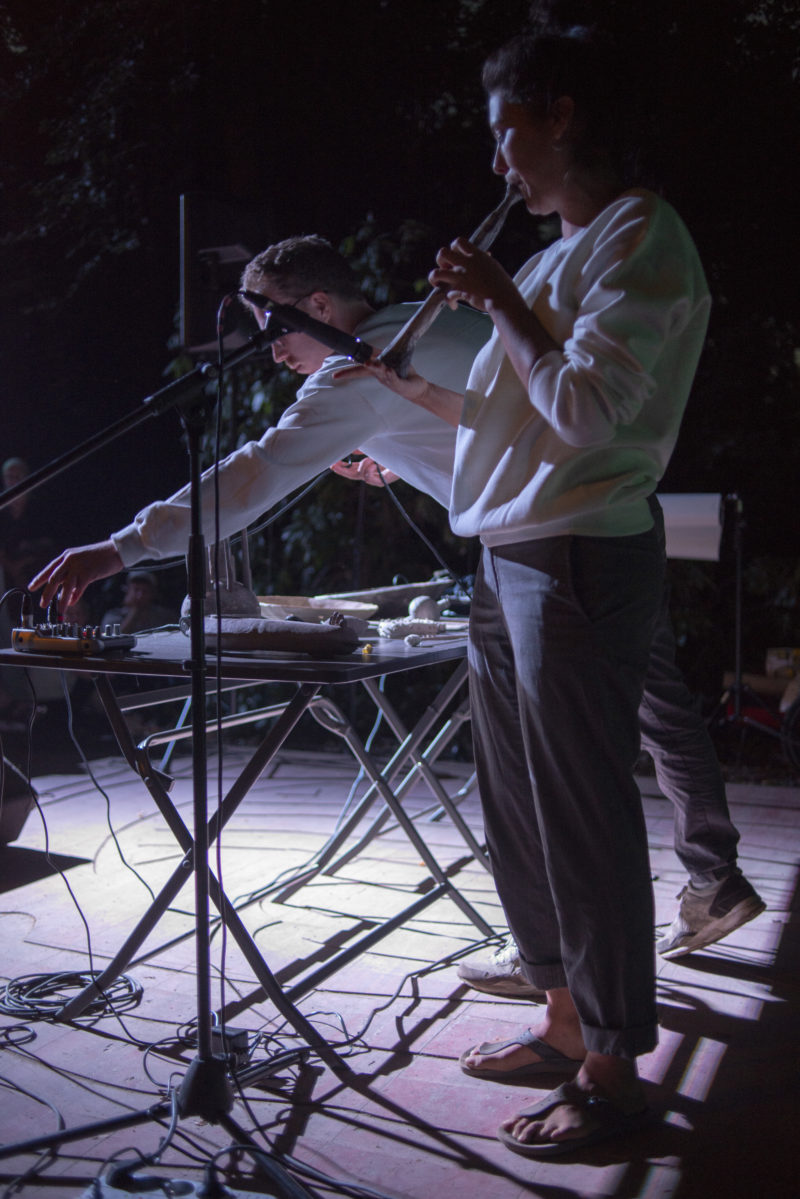
Traces to Nowhere
In the summer of 2015, Maika, together with Chakky Kato en Senne Claes – all freshly graduated – is invited to participate in the annual theater festival “Theater aan Zee” in Ostend. The three of them decide to join forces, which marks the beginning of their ensemble Sui Moon:
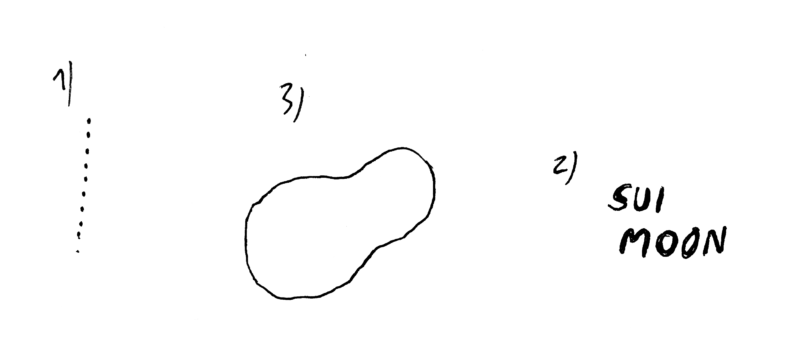
“I always find it very rewarding to work together on something. You have your own practice and interests, which is great as a starting point, but I find it enriching to share this with others, maybe someone doing something completely different, you never know what you will come up with. We stayed in Ostend for three days, doing interventions in the city and on the beach. The invitation came from Theater Zuidpool, who were the festival’s central guest that year. The poster showed a south pole expedition, a scene we recreated with a sleigh on the beach, asking people where the north was etc. Very silly, but equally funny and a great experience overall. This was all partly filmed, and afterwards Theater Zuidpool invited us to rework our intervention for them. Here we combined footage with live sound, which marked our first venture into music.”

The result is “Traces to Nowhere”, a composition later released as a flexidisk housed in a screen-printed sleeve: both music and cover left vulnerable to the same temporality characterizing the traces made on Ostend’s beach.
“Although I have to admit the music lasts longer than I expected. All three of us work with music in our individual practice, but at the same time the visual aspect remains very important for us.”
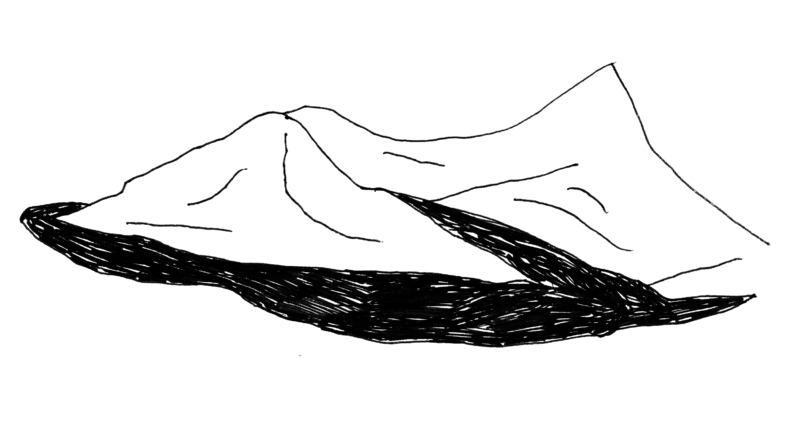
Genève
This attention to visual appearance testifies to a balance between functionality and aesthetics which Maika intensively explores with the self-made instruments she builds and plays:
“I’m still a visual artist, and form and aesthetics really do matter to me. I like how these instruments can function both as an autonomous object in an installation or a room and as an element within performance.”
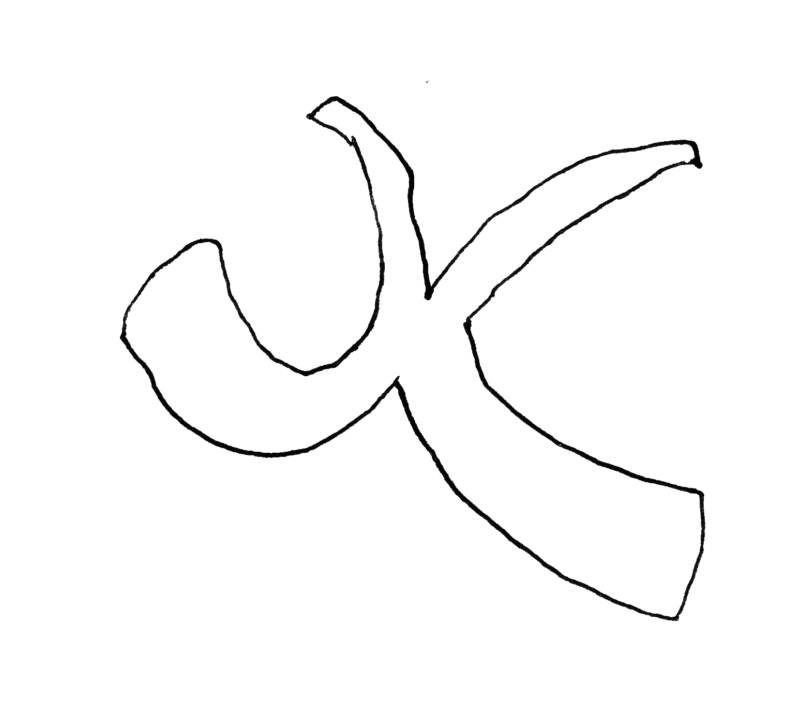
The first experiments with instrument building took place during an exchange year spent in Genève:
“I had to submit a project to be accepted into the ceramics studio and knew I really wanted to incorporate sound into my sculpting practice. After talking to some musician friends and drawing upon my own experience as a trumpet player, I thought it would be interesting to be able to physically feel the sound you produce.”

Maika started designing and creating instruments which explore precisely this physicality. An example is pulled out of a box for us to try out ourselves: a sort of horn of which the outer end points towards the player’s stomach. The individualistic nature of the device turns out to be anything but coincidental:
“Looking back on my stay in Genève, I realize that everyone there was quite focused on their own projects. This resulted in a sort of distance to which these instruments attest: you produce something which then returns – you make a connection with yourself.”
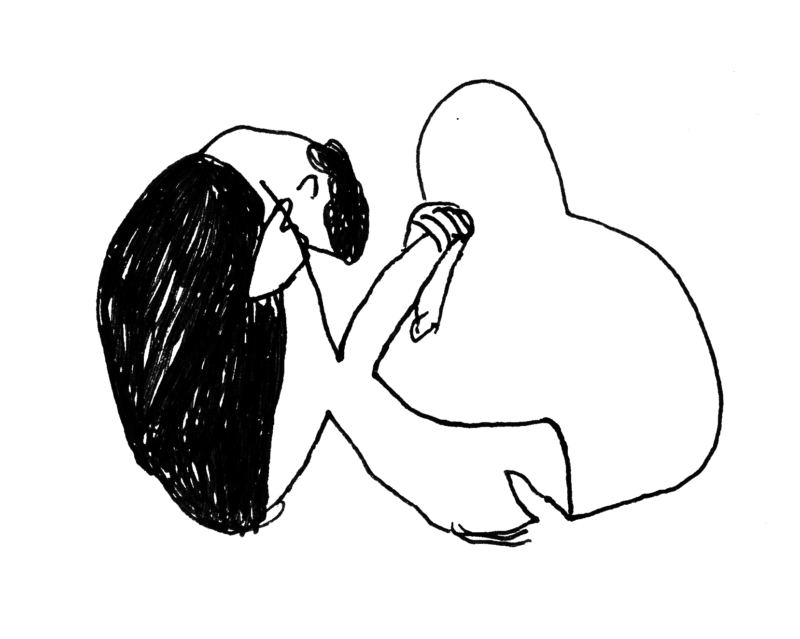
As such, Maika’s last creation made in Genève could hardly be more significant. It is an “updated” version of the horn, this time suited for two players.
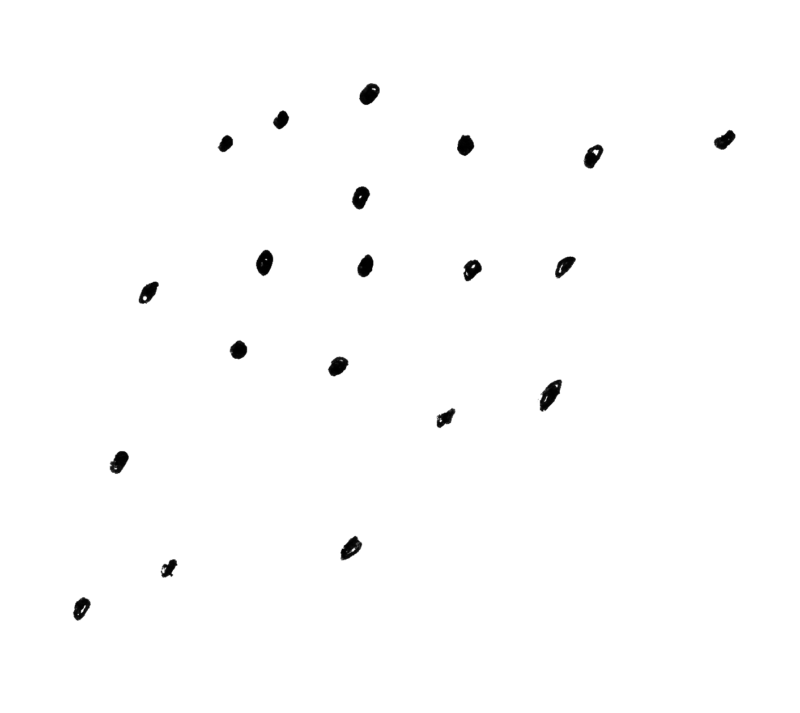
Matter / Vibration
Back in Antwerp, Maika quickly and fully devotes herself to instrument building:
“Nowadays I exclusively focus on these instruments. I really want to explore sound vibrations in relation to clay, and see how far you can go with this. I spend a lot of time researching both contemporary and ancient instruments from a variety of cultures, gaining insight in their workings. I’m interested in how form and sound interact and influence one another.”
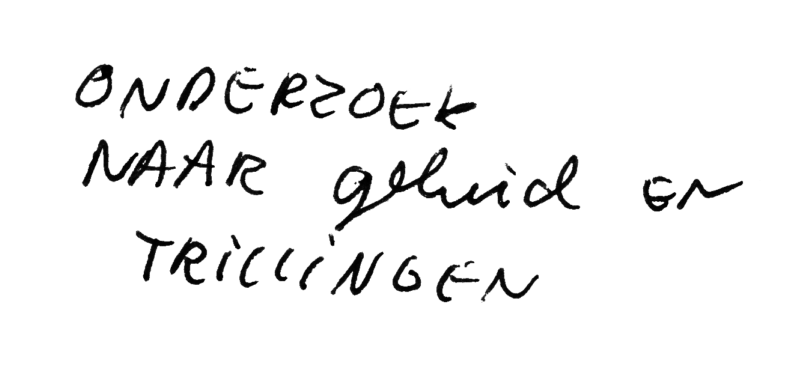
A sketchbook full of drawings and designs of multifarious instruments testifies to the extensive investigations preceding their actual creation. Yet despite this ever-increasing experience and knowledge, it would be a mistake to understand Maika’s practice as a fully predetermined affair, as a creative spontaneity is injected into the craft of instrument building:
“Generally, I’m quite confident that my instruments will work as planned, yet the exact sounds I do not know beforehand, and I like to keep those as a surprise for myself. I could of course calculate this mathematically, but I find it exciting to discover these sounds myself, and think about how these can be used within a composition.”

This element of surprise points to an ongoing dialogue between the artist and her material. Its amplification in performance invites us to eavesdrop upon the conversation. As such, the self-reflectiveness of her first instruments is definitively exchanged for instruments exploring sound’s engaging nature, a pillar of her practice:
“For me, dealing with sound and vibration always has to do with communication. This relates to something I often miss: language is still predominant in our culture, while in fact it is just one way of communicating, among so many others.”
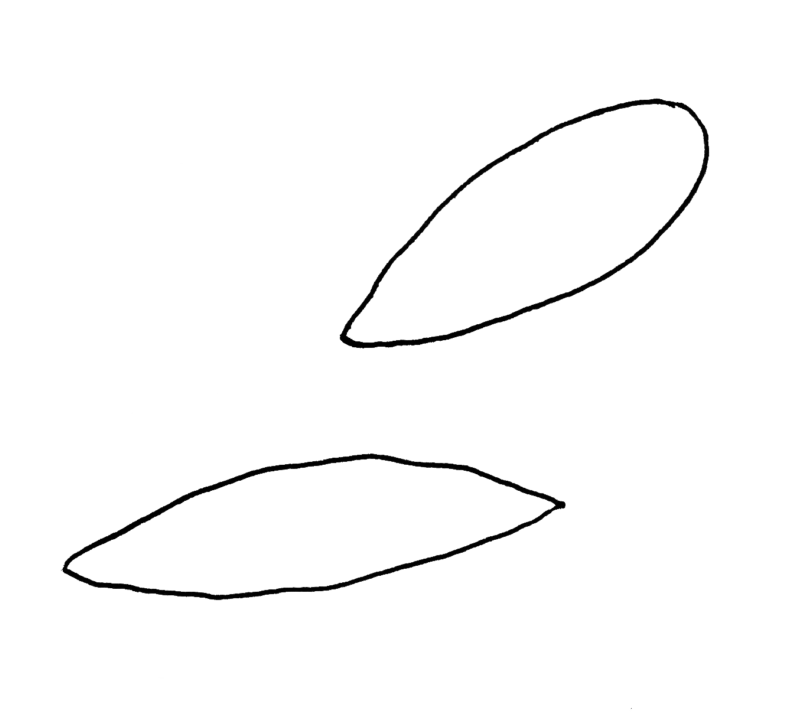
Cover photo credits: Rudi Caeyers. Illustration by Watcharita Aroon.